(Page créée avec « The irrigation is made manually every day. The water comes from a pool where rain water is collected. ») |
(update property name) |
||
| (3 révisions intermédiaires par un autre utilisateur non affichées) | |||
| Ligne 1 : | Ligne 1 : | ||
| − | {{ | + | {{Tuto Details |
|Main_Picture=Serre_enterrée_Aymara_20181201_113450.jpg | |Main_Picture=Serre_enterrée_Aymara_20181201_113450.jpg | ||
|Licences=Attribution (CC BY) | |Licences=Attribution (CC BY) | ||
| Ligne 15 : | Ligne 15 : | ||
|IsTranslation=1 | |IsTranslation=1 | ||
}} | }} | ||
| − | {{ | + | {{Introduction |
|Introduction=The Altiplano is a dry and cold area where almost only root vegetables are cultivated: potato, chueño, onions, carrots. All of them grow underground and the earth protects them from hard climatic conditions. | |Introduction=The Altiplano is a dry and cold area where almost only root vegetables are cultivated: potato, chueño, onions, carrots. All of them grow underground and the earth protects them from hard climatic conditions. | ||
| Ligne 22 : | Ligne 22 : | ||
Thus, are cultivated at the Granja Ecológica Ventilla salads, oregano, thyme, sage, celery, kale-cabbage, rhubarb, spinach, following ancestral konw-how from the Aymarian culture. | Thus, are cultivated at the Granja Ecológica Ventilla salads, oregano, thyme, sage, celery, kale-cabbage, rhubarb, spinach, following ancestral konw-how from the Aymarian culture. | ||
}} | }} | ||
| − | {{ | + | {{Materials |
|Material=* Adobe (using bricks of clay and straw) to build the walls, | |Material=* Adobe (using bricks of clay and straw) to build the walls, | ||
* Bricks to build columns to support the roof | * Bricks to build columns to support the roof | ||
| Ligne 30 : | Ligne 30 : | ||
|Tools= | |Tools= | ||
}} | }} | ||
| − | {{ | + | {{Separator}} |
| − | {{ | + | {{Tuto Step |
|Step_Picture_00=Serre_enterrée_Aymara_20181201_113301.jpg | |Step_Picture_00=Serre_enterrée_Aymara_20181201_113301.jpg | ||
|Step_Picture_01=Serre_enterrée_Aymara_20181201_113022.jpg | |Step_Picture_01=Serre_enterrée_Aymara_20181201_113022.jpg | ||
| Ligne 45 : | Ligne 45 : | ||
In the Wallipini, the vegetables can be cultivated 7 months per year (the Wallipini is not efficient enough against cold winters). | In the Wallipini, the vegetables can be cultivated 7 months per year (the Wallipini is not efficient enough against cold winters). | ||
}} | }} | ||
| − | {{ | + | {{Tuto Step |
|Step_Picture_00=Serre_enterrée_Aymara_20181201_113543.jpg | |Step_Picture_00=Serre_enterrée_Aymara_20181201_113543.jpg | ||
|Step_Picture_01=Serre_enterrée_Aymara_20181201_113354.jpg | |Step_Picture_01=Serre_enterrée_Aymara_20181201_113354.jpg | ||
| Ligne 61 : | Ligne 61 : | ||
In the Sayary, vegetables and aromatics can be cultivated all year long. | In the Sayary, vegetables and aromatics can be cultivated all year long. | ||
}} | }} | ||
| − | {{ | + | {{Notes |
|Notes=The Granja Ecológica Ventilla has an organic label. Their fertilizer is a mix of compost, cow-pat and lombric(?)-based compost. 8 cows are raised for cheese production and cow-pat for the fertilizer. Their healthy diet consist in plants which grew flowers in the greenhouses, cereals bought on the market (barley), and vegetal residues from a local beer factory. | |Notes=The Granja Ecológica Ventilla has an organic label. Their fertilizer is a mix of compost, cow-pat and lombric(?)-based compost. 8 cows are raised for cheese production and cow-pat for the fertilizer. Their healthy diet consist in plants which grew flowers in the greenhouses, cereals bought on the market (barley), and vegetal residues from a local beer factory. | ||
| Ligne 68 : | Ligne 68 : | ||
The irrigation is made manually every day. The water comes from a pool where rain water is collected. | The irrigation is made manually every day. The water comes from a pool where rain water is collected. | ||
| − | + | The heat from the greenhouse could be propitious to disease propagation. This is why it is necessary to control the soils and the plants frequently. | |
| − | + | The vegetables are conditioned in a cold room (the coolness is kept thanks to 60cm-wide walls) under high sanitary standard conditions. Every morning, the vegetables are washed, let dry on nets, sorted, packed and tagged before being delivered on local markets. | |
| − | + | More information on the Granja Ecológica Ventilla here: https://www.facebook.com/Productosventilla/ and on this video: https://www.youtube.com/watch?v=sFNC-78cvkE | |
}} | }} | ||
| − | {{ | + | {{Tuto Status |
|Complete=Published | |Complete=Published | ||
}} | }} | ||
Version actuelle datée du 22 octobre 2019 à 15:09
Description
Wallipini et Sayary : 2 types of greenhouses which originally come from the Aymaran civilization. These techniques are used nowadays to cultivate vegetables in the Altiplano in Bolivia.
Introduction
The Altiplano is a dry and cold area where almost only root vegetables are cultivated: potato, chueño, onions, carrots. All of them grow underground and the earth protects them from hard climatic conditions.
In order to eat other kinds of vegetables, the Granja Ecológica Ventilla which is located in El Alto, La Paz's highest neighborhood (4000m high), uses 2 types of greenhouses: the Wallipini and the Sayary. These greenhouses originally come from the Aymarian civilisation, born 2 centuries B.C. (pre-inca era) around the Titicaca lake.
Thus, are cultivated at the Granja Ecológica Ventilla salads, oregano, thyme, sage, celery, kale-cabbage, rhubarb, spinach, following ancestral konw-how from the Aymarian culture.
Matériaux
- Adobe (using bricks of clay and straw) to build the walls,
- Bricks to build columns to support the roof
- Wood for the framework
- Plastic (agroplastico) tarpaulin for the roof
- mud and/or black nets to control the temperature
Outils
Étape 1 - The Wallipini: Half-buried greenhouse
The Wallipini greenhouse is half-buried in the ground and is built like a house with:
- walls made of Adobe (mix of clay and straw),
- a framework made of wood
- a roof made using a plastic tarpaulin (agroplastico).
The Adobe walls store the heat during the day and deliver it inside the greenhouse at night. The inertia of the walls maintains an almost constant temperature inside the greenhouse. As La Paz is close to the equator, the sun is usually at zenith, the greenhouse's orientation does not really matter and the walls do not interfere with sun radiations.
In the Wallipini, the vegetables can be cultivated 7 months per year (the Wallipini is not efficient enough against cold winters).
Étape 2 - The Sayary: buried greenhouse.
The Sayary Greenhouse is entirely digged in the ground and benefits from the earth's constant temperature.
If, for ergonomic reasons, the walls need to be a bit higher than initially, it is possible to add some adobe bricks above the ground.
Like the Wallipini, the framework is made of wood and the roof consists in a plastic tarpaulin.
The temperature inside the Sayary can reach 45°C. It is permanently controlled in order to optimize the conditions inside the greenhouse (constant temperature, hygrometry??). The temperature can be reduced (to 20°C for example) using either black nets which are hung above the cultures, or mud which is put on the tarpaulin. These techniques are used to create areas of shade above the cultures which are more sensitive to high temperatures. In this way, it is possible to adapt heat conditions for each culture inside in a single greenhouse. For example putting a net above the oregano will protect it, as it is more sensible to heat than the thyme. These regulation techniques could also be undertaken in the Wallipinis.
In the Sayary, vegetables and aromatics can be cultivated all year long.
Notes et références
The Granja Ecológica Ventilla has an organic label. Their fertilizer is a mix of compost, cow-pat and lombric(?)-based compost. 8 cows are raised for cheese production and cow-pat for the fertilizer. Their healthy diet consist in plants which grew flowers in the greenhouses, cereals bought on the market (barley), and vegetal residues from a local beer factory.
The plants are pollinated by bees from the beehives.
The irrigation is made manually every day. The water comes from a pool where rain water is collected.
The heat from the greenhouse could be propitious to disease propagation. This is why it is necessary to control the soils and the plants frequently.
The vegetables are conditioned in a cold room (the coolness is kept thanks to 60cm-wide walls) under high sanitary standard conditions. Every morning, the vegetables are washed, let dry on nets, sorted, packed and tagged before being delivered on local markets.
More information on the Granja Ecológica Ventilla here: https://www.facebook.com/Productosventilla/ and on this video: https://www.youtube.com/watch?v=sFNC-78cvkE
Published
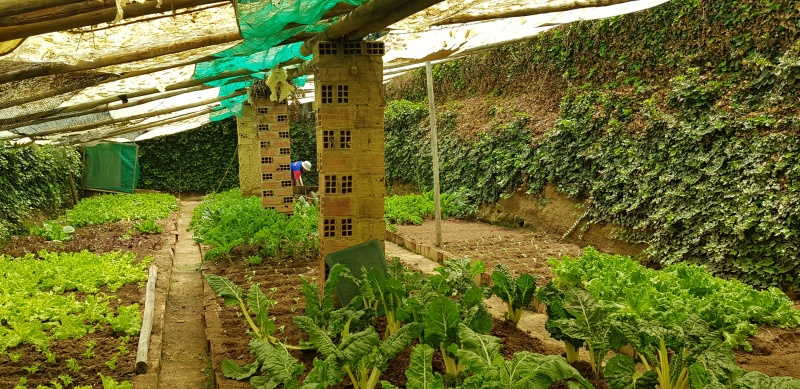
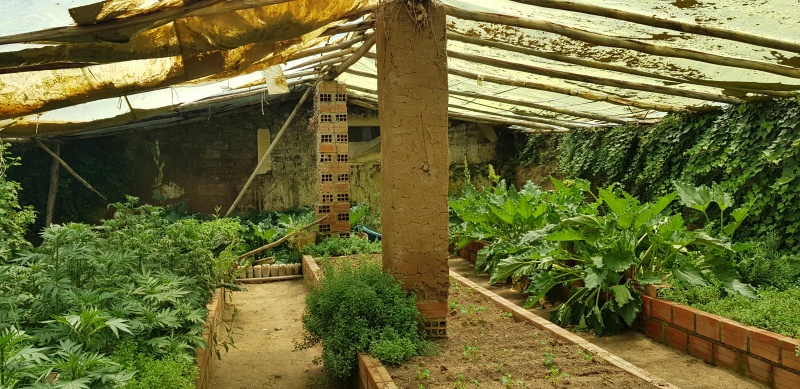
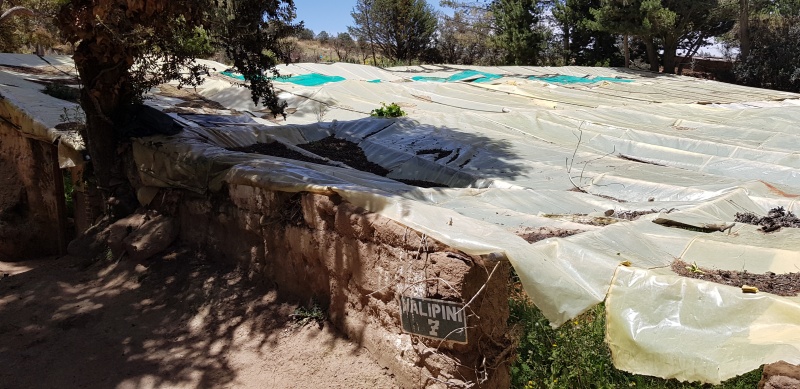
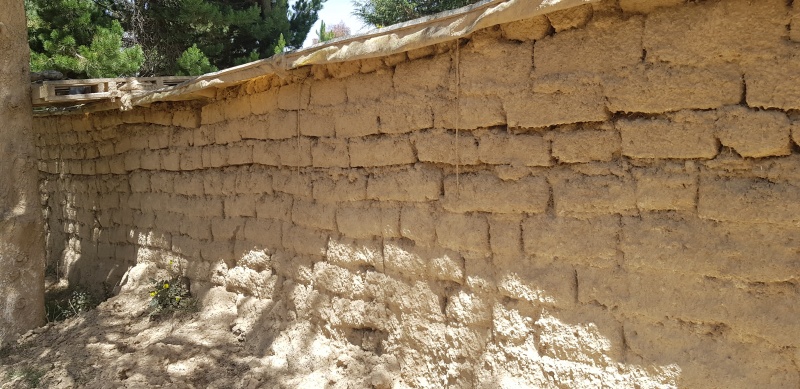
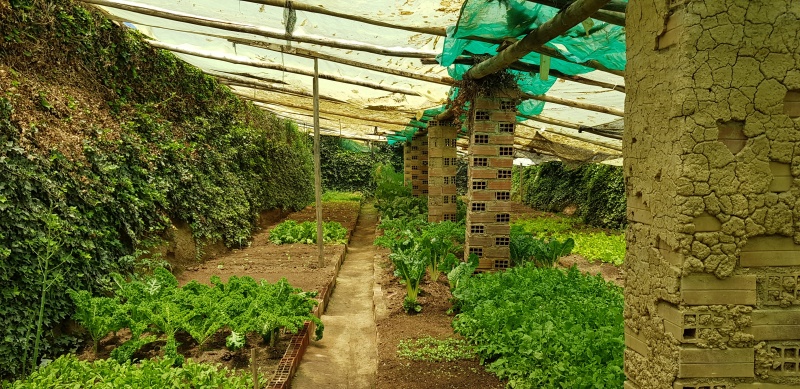
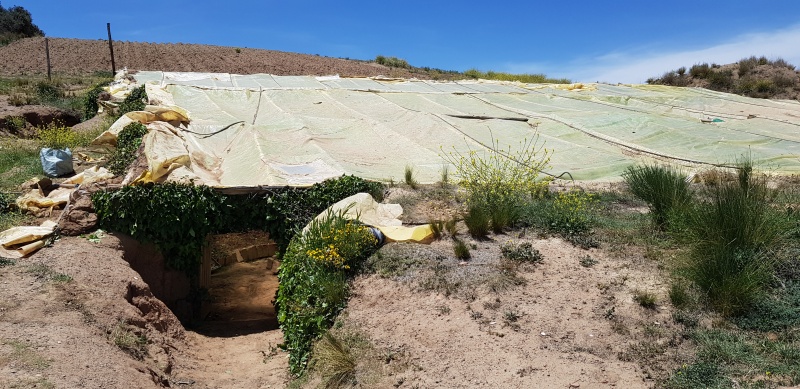
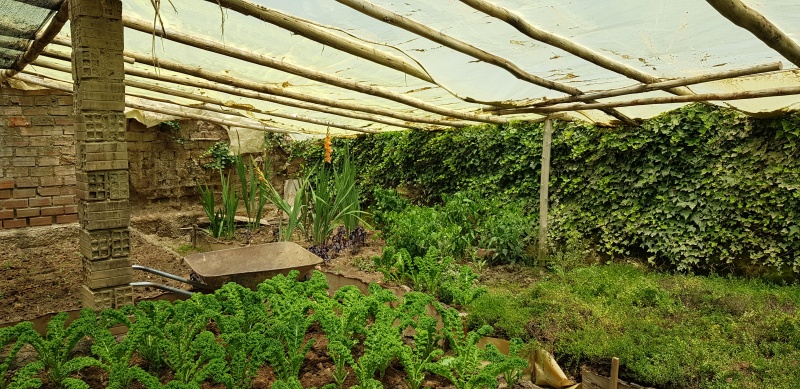
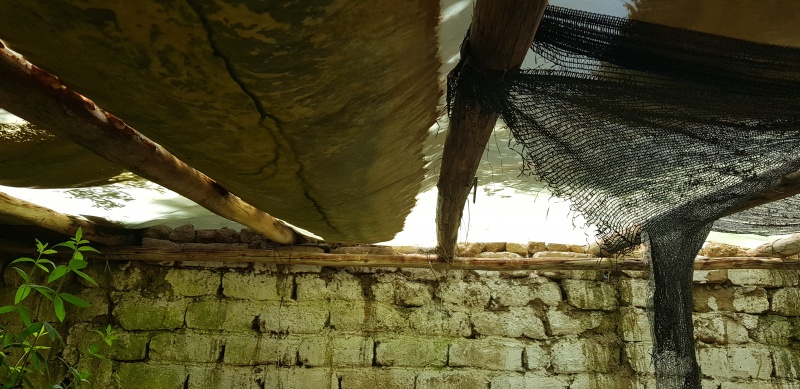
 Français
Français English
English Deutsch
Deutsch Español
Español Italiano
Italiano Português
Português